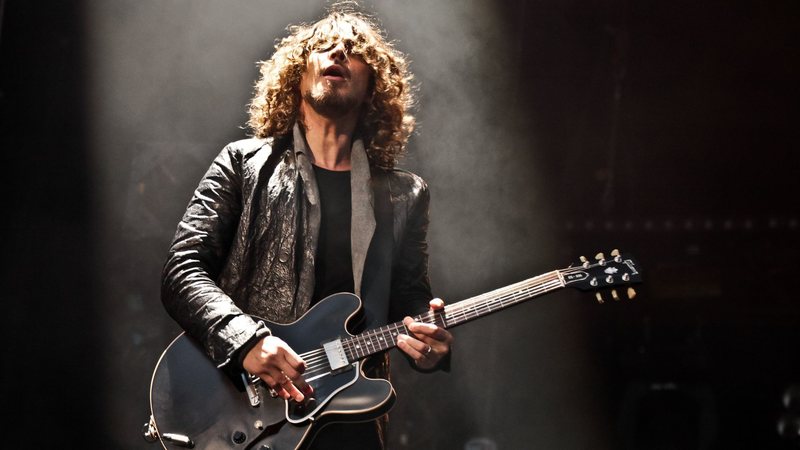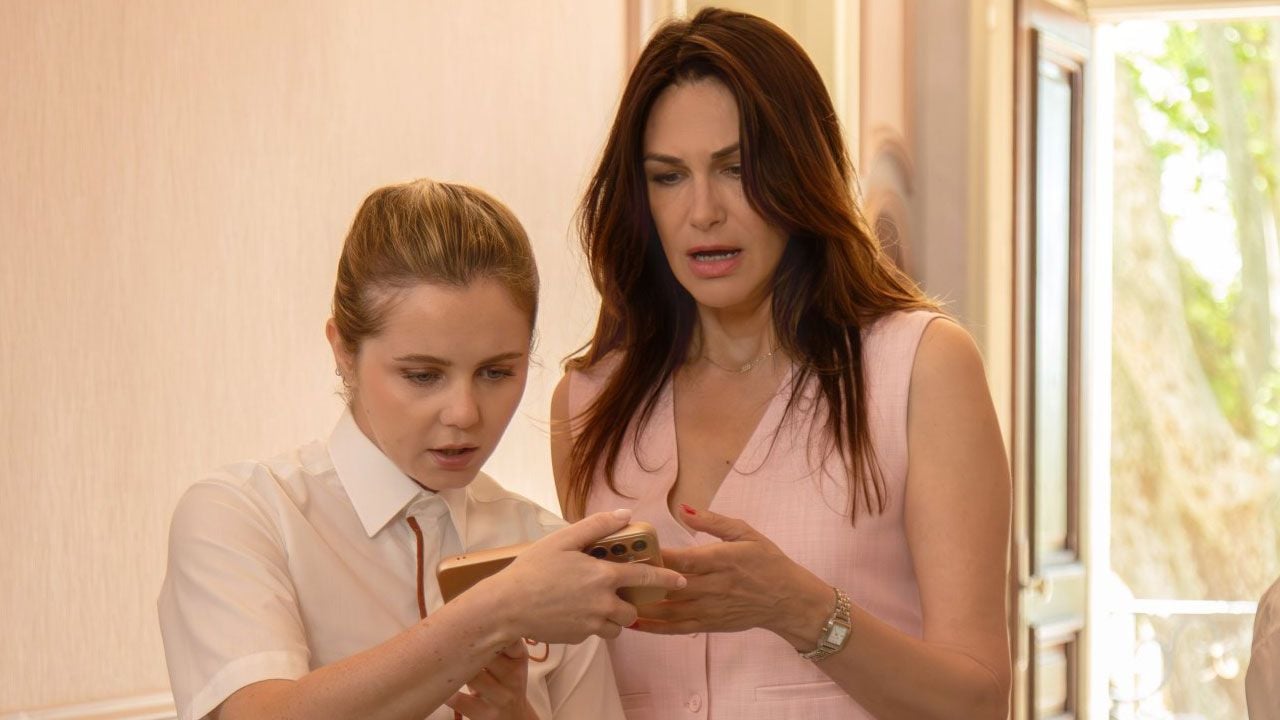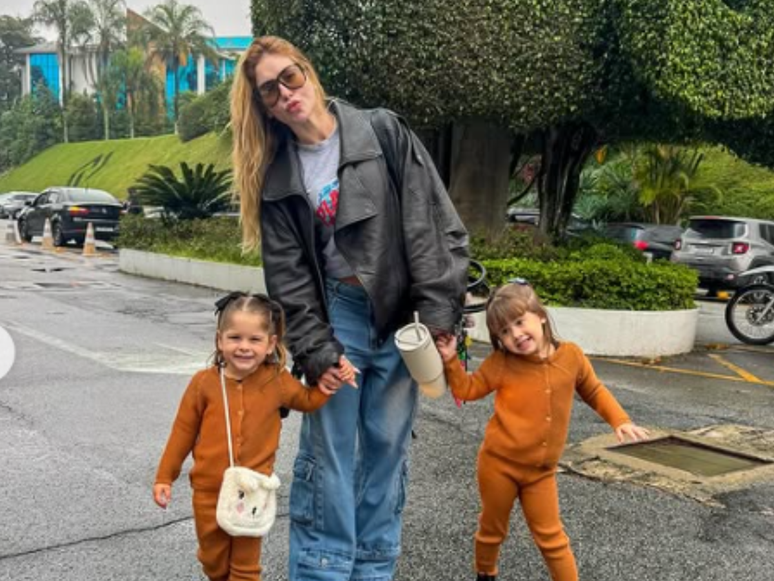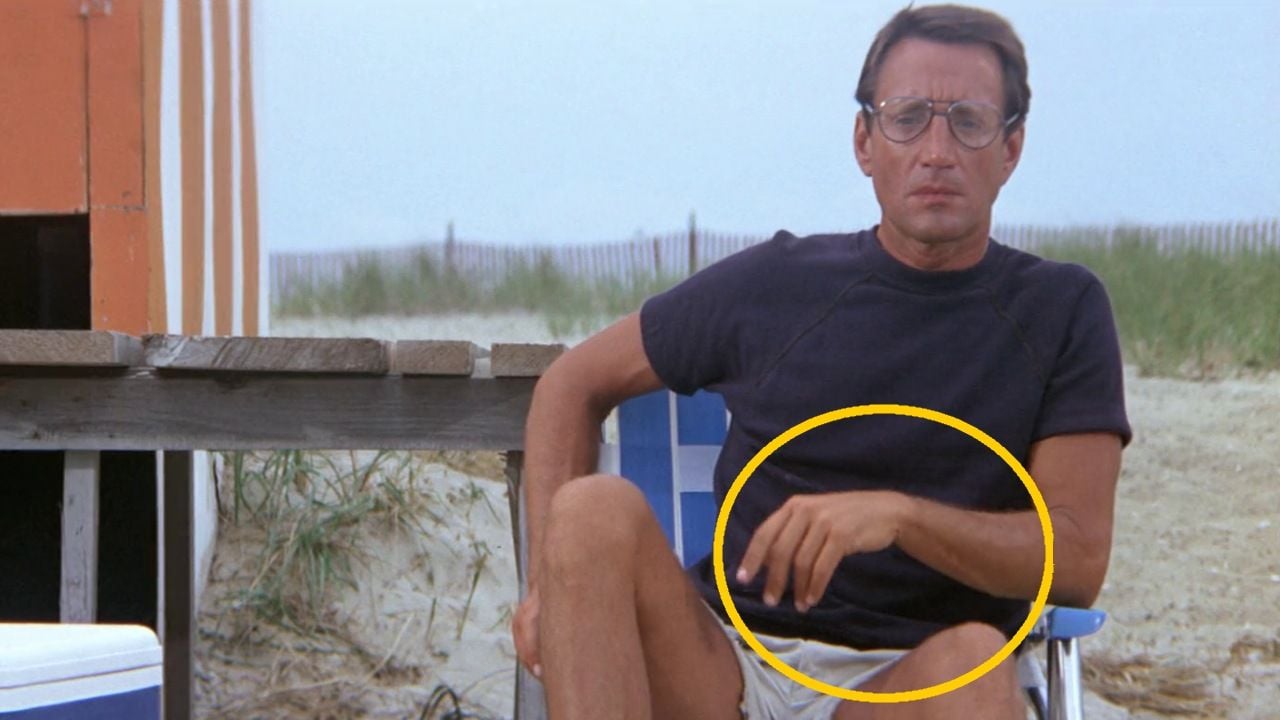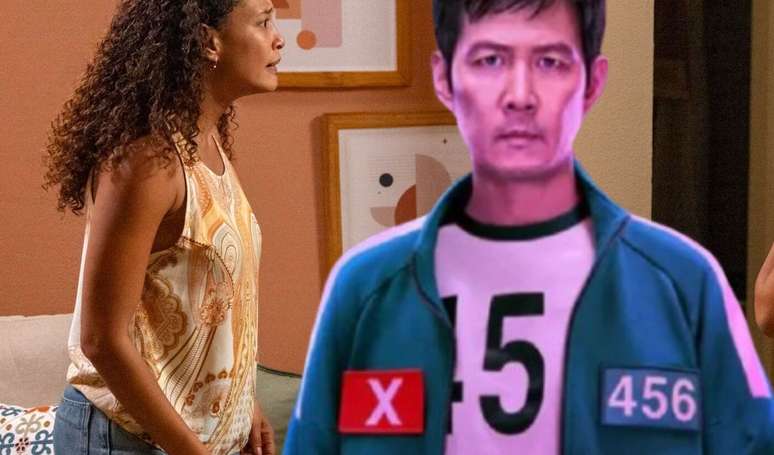The lead singer of Soundgarden and Audioslave has played music from this album during his solo career shows
The range of influences of Chris Cornell is relatively broad for a rock artist. Although he emerged in the midst of an initially underground movement — grunge — and accompanied several alternative-leaning bands, the lead singer of Soundgarden It is Audioslave had several references within the field of classic rock. David Bowie was one of them.
Unfortunately, both have now left us. Cornell took his own life on May 18, 2017, at the age of 52. Just over a year earlier, on January 10, 2016, Bowie died at the age of 69 after losing a battle with cancer. That was when Chris had the opportunity to pay a beautiful tribute to the idol, in a text published by Rolling Stone USA.
Right at the beginning of the article, the frontman of Soundgarden cited an album by the artist that, in his opinion, was like a “college of music”. The work of another band was also highlighted in this sense. He said:
“David Bowie was an inspiration. As a composer, he had this intense vitality throughout his entire career. […] I remember seeing the album Ziggy Stardust (titled in full The Rise and Fall of Ziggy Stardust and the Spiders from Mars1972) everywhere when I was a kid. People used to put vinyl in the living room as part of the decoration. […] At some point, I had seen Ziggy enough to pique my interest, so I probably stole it from someone. Listening to that record was like going to college, like the Beatles. The songwriting is incredible. I didn’t know anything about it, and it was a little bit old school when that album was a moment in pop culture, but I didn’t care. I was interested in the songs and I loved every song on the album.”
Not long after, Chris watched a video from the era Scary Monsters (and Super Creeps) (1980), when David adopted a sound and, especially, a look that did not refer to anything from the time of Ziggy Stardust. This brought him a lesson.
“When Scary Monsters (1980) was released, I saw him performing on a talk show and saw the video for ‘Ashes to Ashes‘, where he wore a strange European clown costume. That had a huge impact on me. Because my first interpretation of him was the red-haired, androgynous character Ziggy Stardustand seeing him like that made me think, ‘Oh, you can be whoever you want to be. You can live a hundred lives. You can create yourself and recreate yourself, and that’s doable. ‘ He was the one who proved that it works.”
Chris Cornell and David Bowie
When participating in a photo shoot for the magazine Vanity Fair, Chris Cornell had the opportunity to meet David Bowie. There were other artists involved at the time.
“I almost prefer not to meet someone I’m a fan of because I’m afraid they’ll say or do something that will change the way I feel when I hear their music. But he was an amazing guy, super inclusive and warm. I’m always uncomfortable in most situations, and he made everyone comfortable. Our conversation was like, ‘How are you?’ and ‘Isn’t this fun? Isn’t it exciting to be in the same room with someone like that?’” Stevie Wonder It is Joni Mitchell at the same time?’. Normal conversations. It’s like he could tell I was uncomfortable and went out of his way to alleviate that discomfort. It was a moment of compassion for a guy who didn’t need to be like that.”
In his solo shows, the American artist paid tribute to the British icon with a performance of “Lady Stardust”, song coming precisely from Ziggy Stardust. The track reminded Cornell from a friend who passed away very young: Andrew Woodlead singer of Mother Love Bone to whom he also paid tribute with the project Temple of the Dogin the early 1990s.
“For some reason, this song reminds me of Andy Wood. I wanted to play it in tribute to him at the time, but I ended up writing a bunch of songs for him. Temple of the Dog. When the Soundgarden broke up in 1998, I came across this song and I remember sitting in my car in the garage listening to it, and there were those lyrics: ‘He was fine, the band was all together,’ and it’s such a hopeful thing. My band had just broken up. And it really destroyed me. So that’s when I started doing it. I haven’t played it more than a few times live, but it’s the one song of his that’s always appealed to me. I really love it.”
Source: Rollingstone
Earl Johnson is a music writer at Gossipify, known for his in-depth analysis and unique perspective on the industry. A graduate of USC with a degree in Music, he brings years of experience and passion to his writing. He covers the latest releases and trends, always on the lookout for the next big thing in music.

